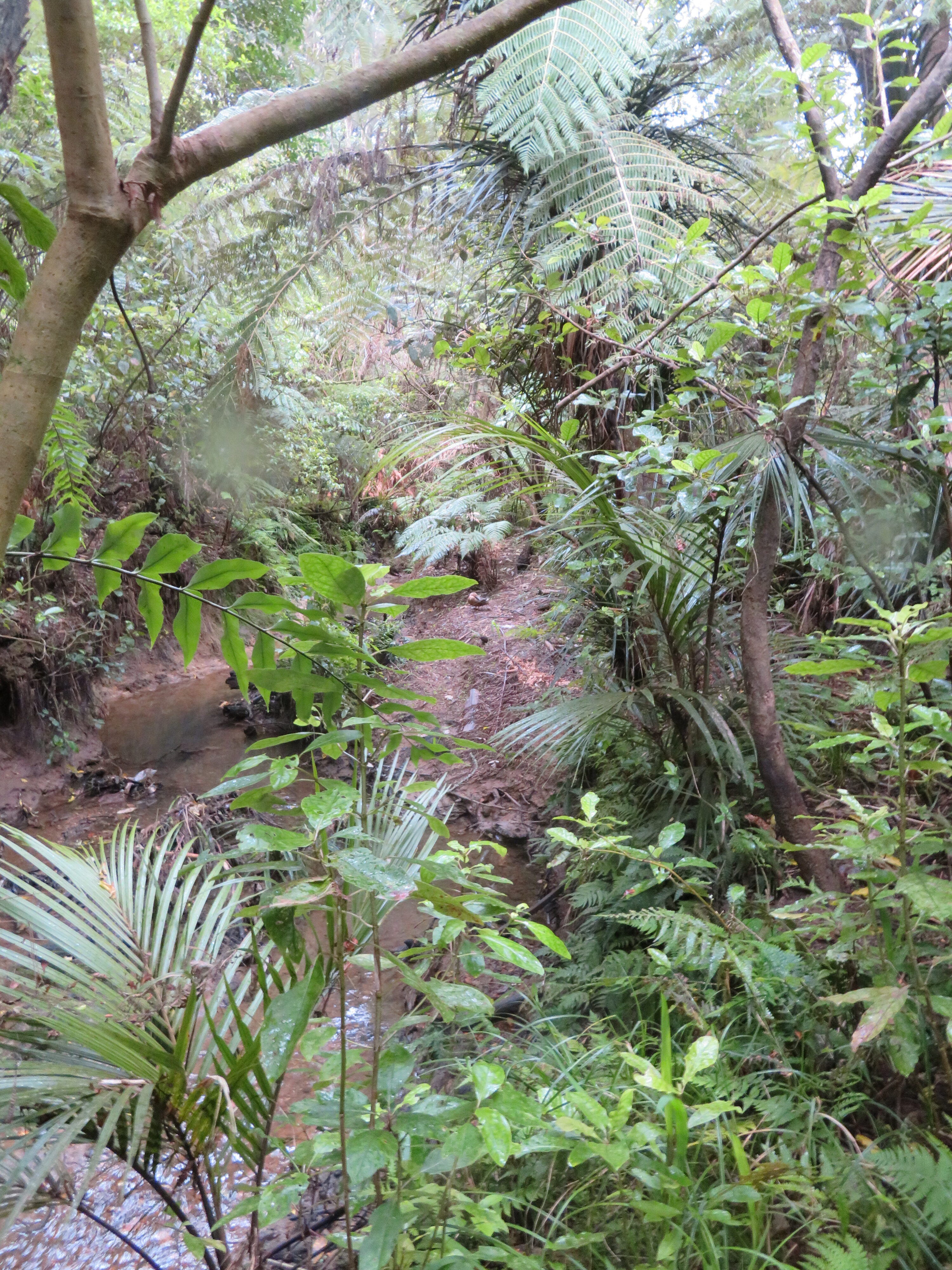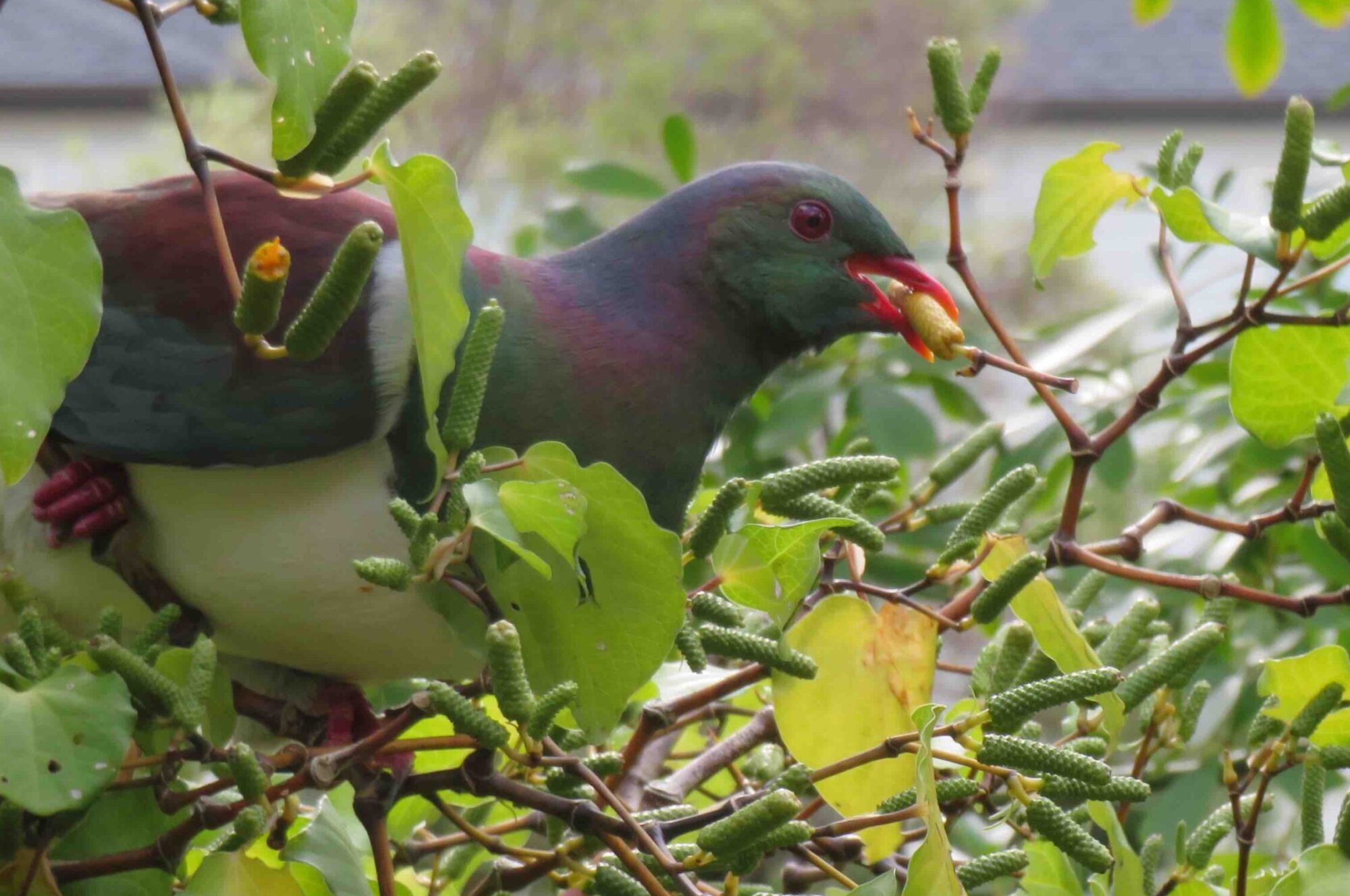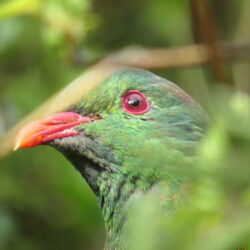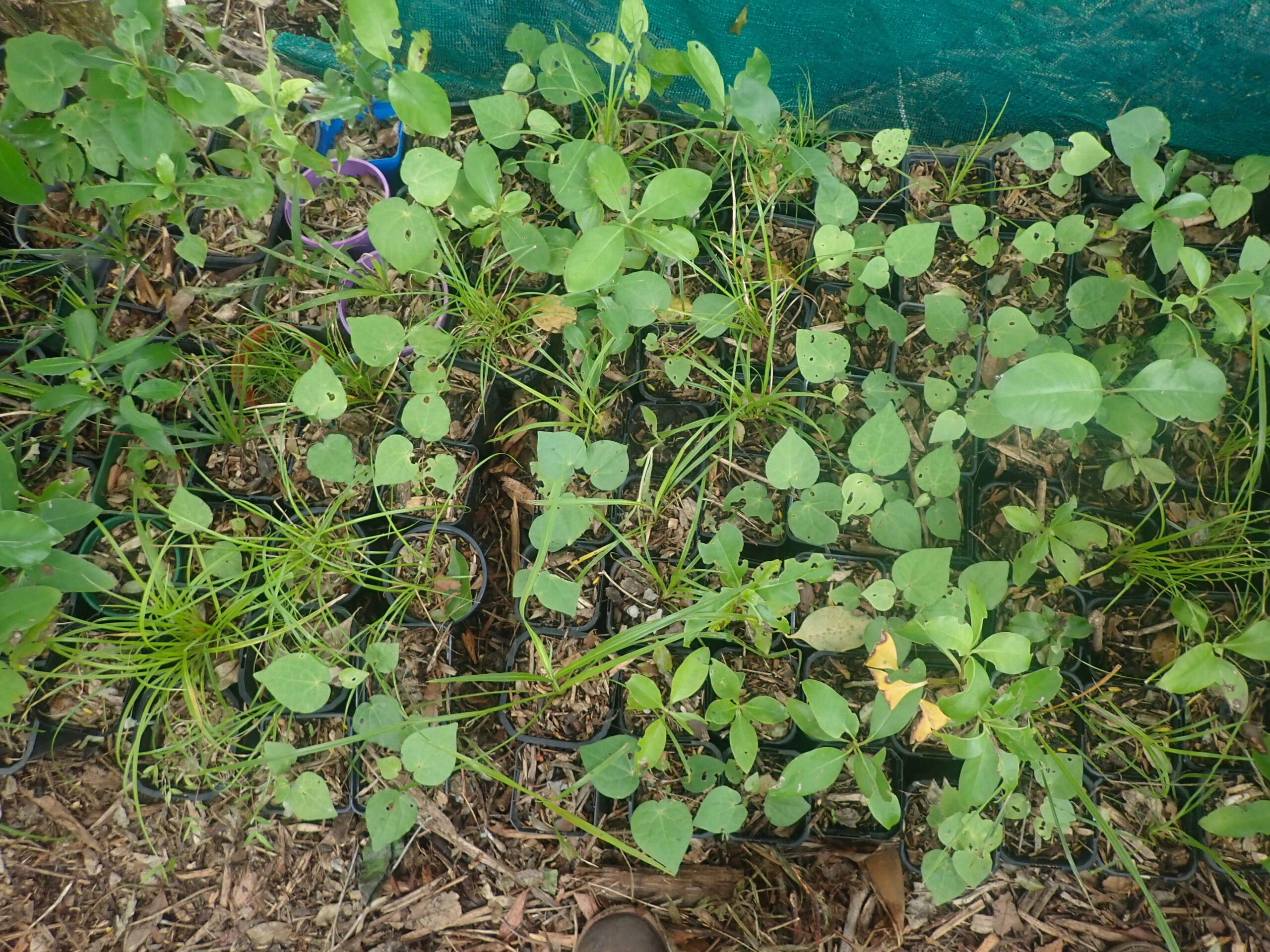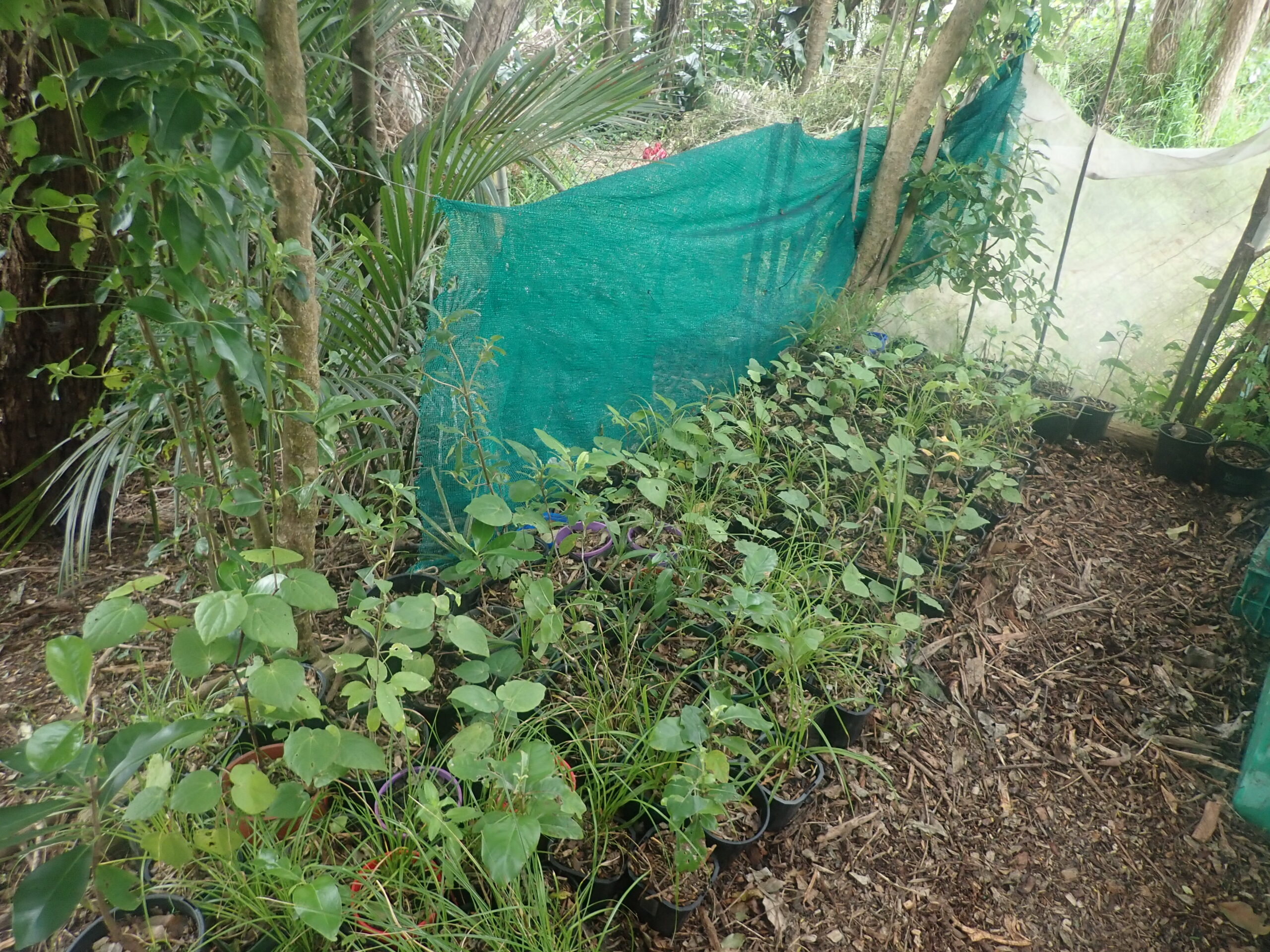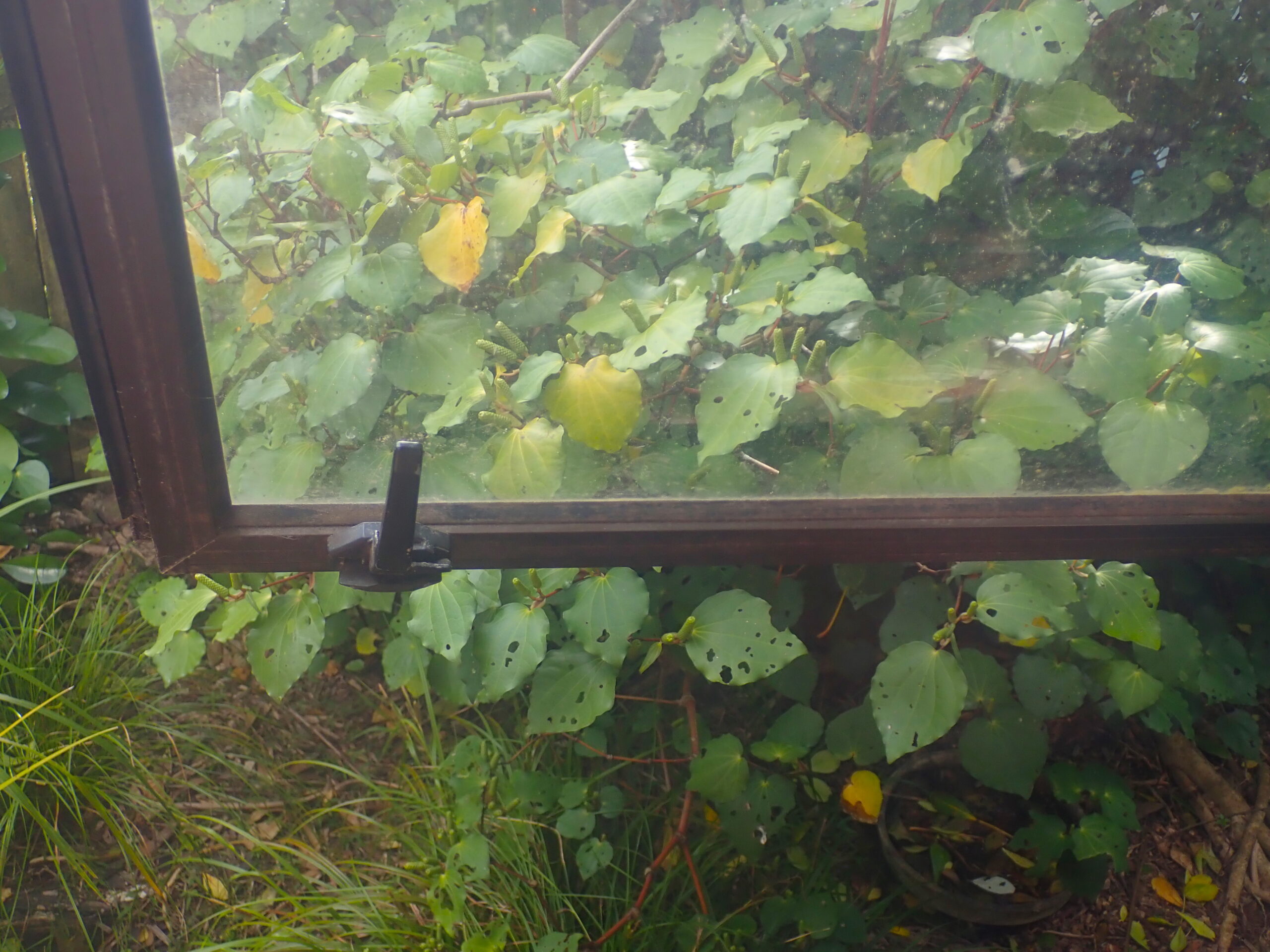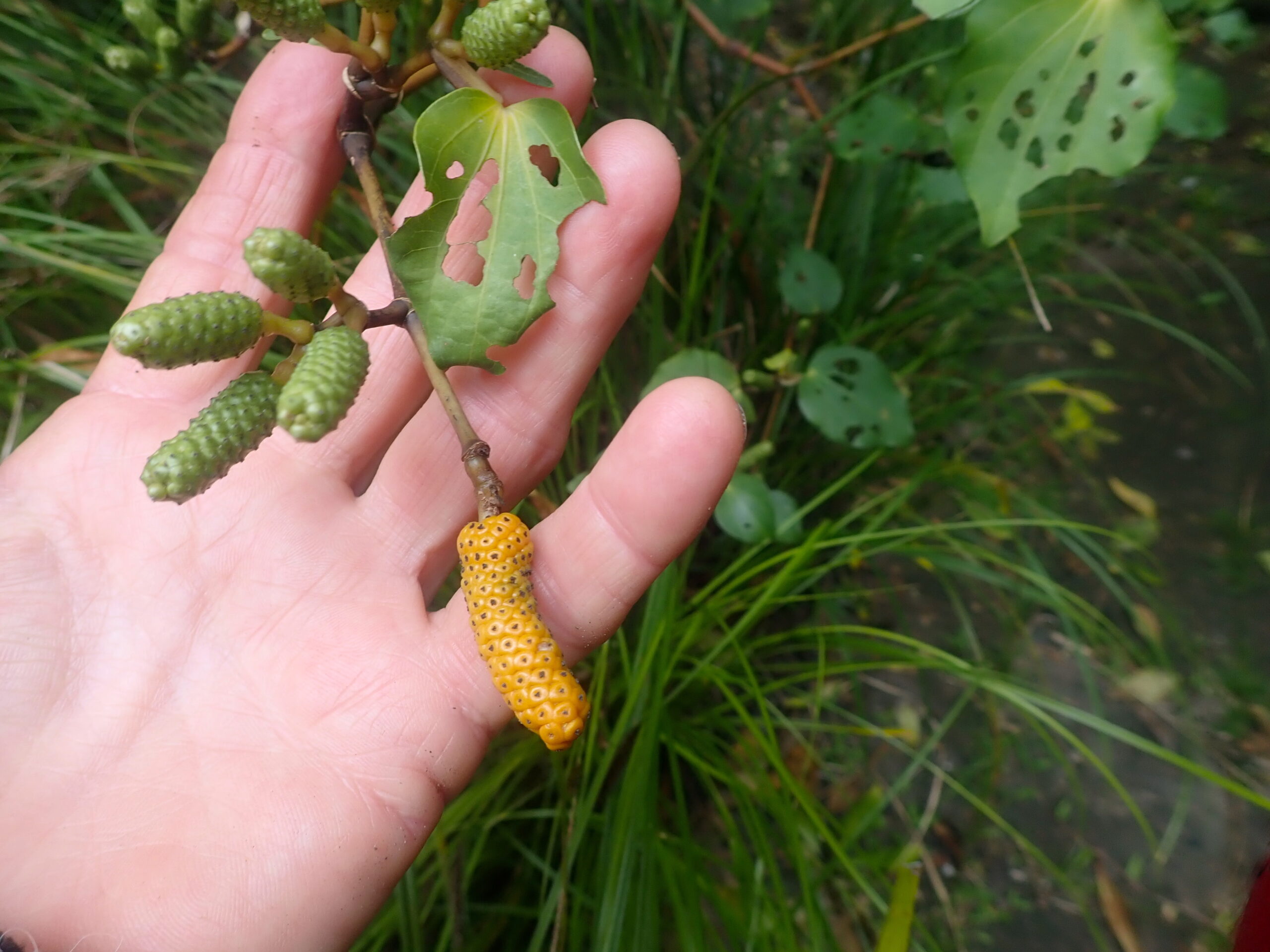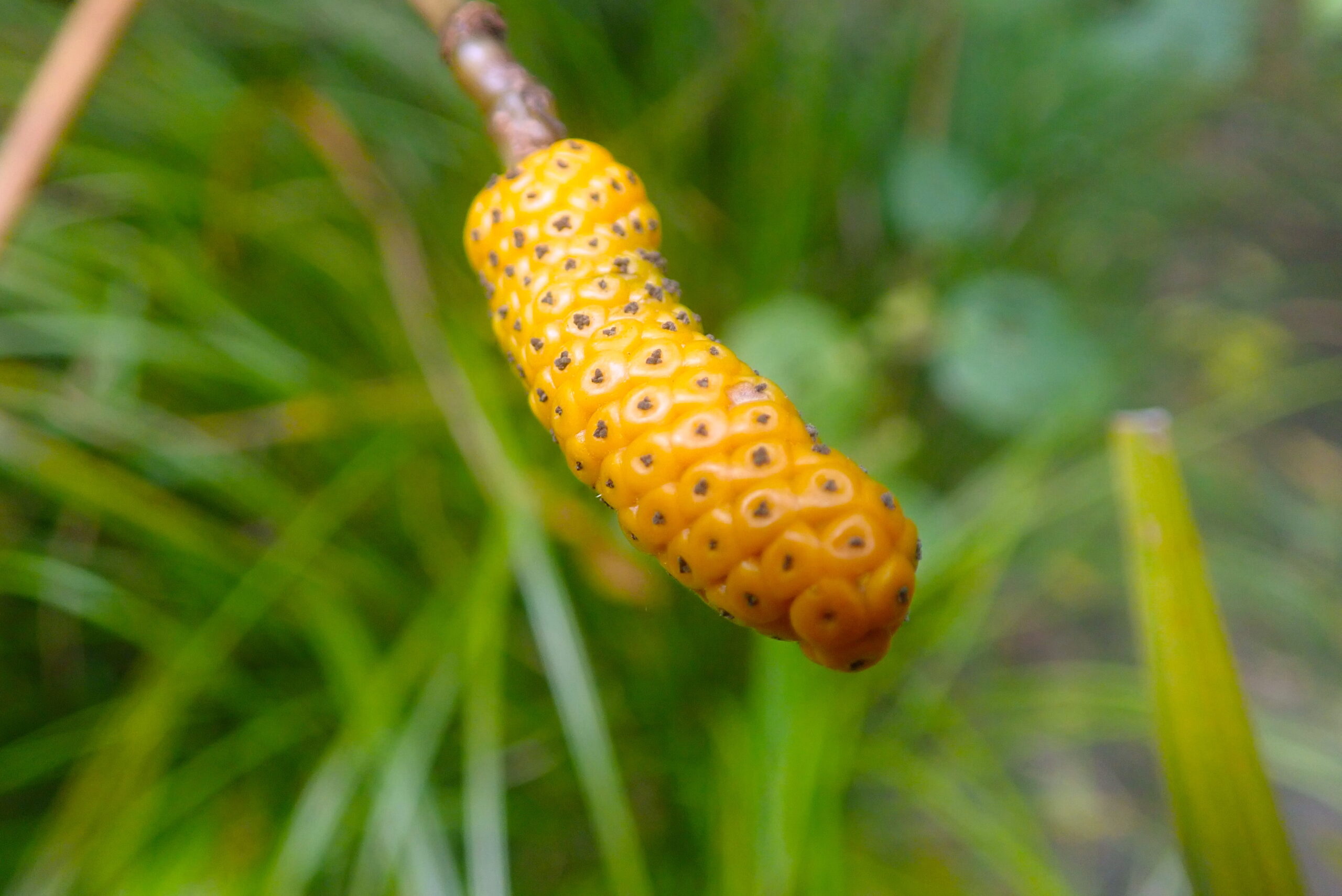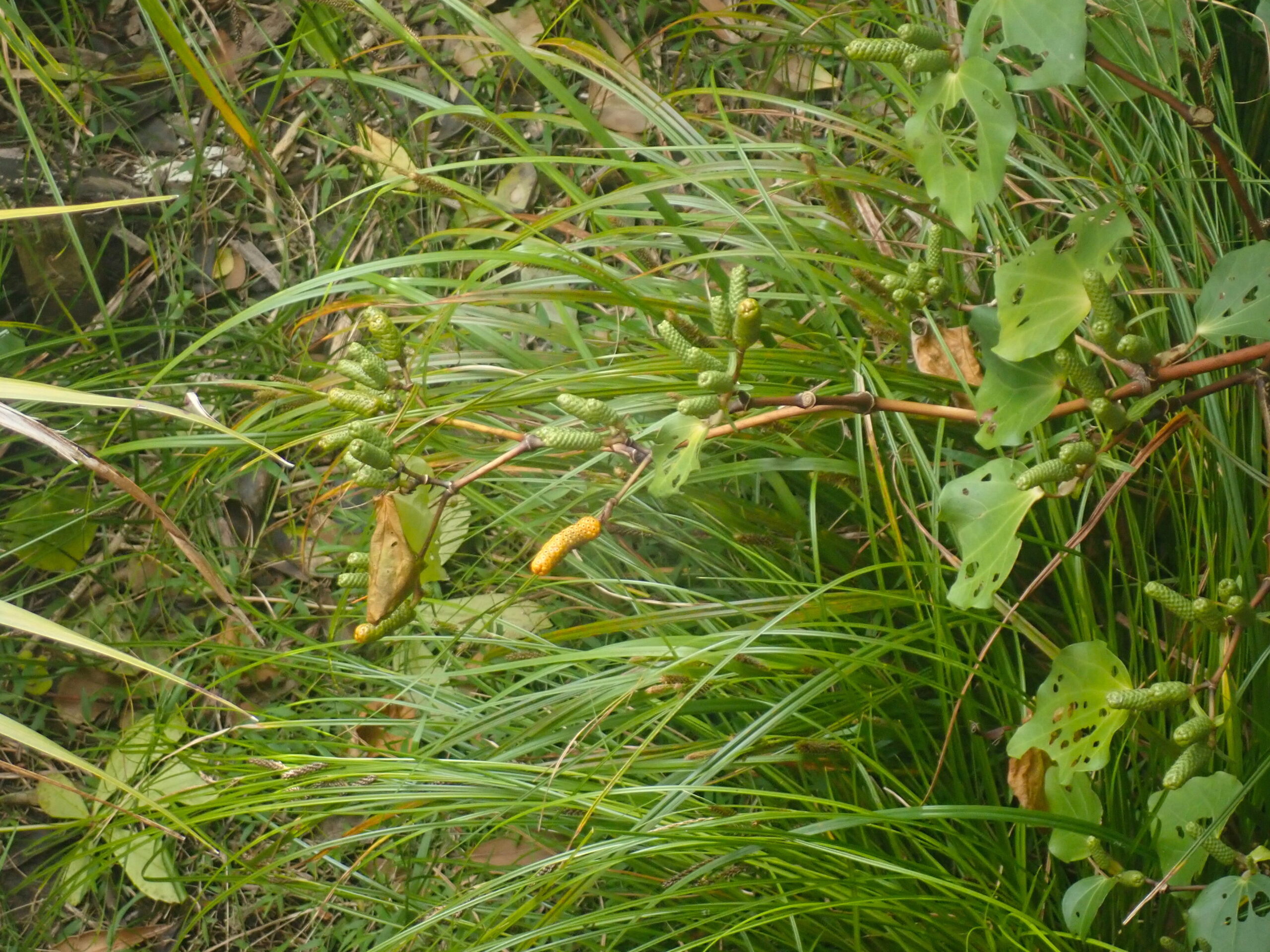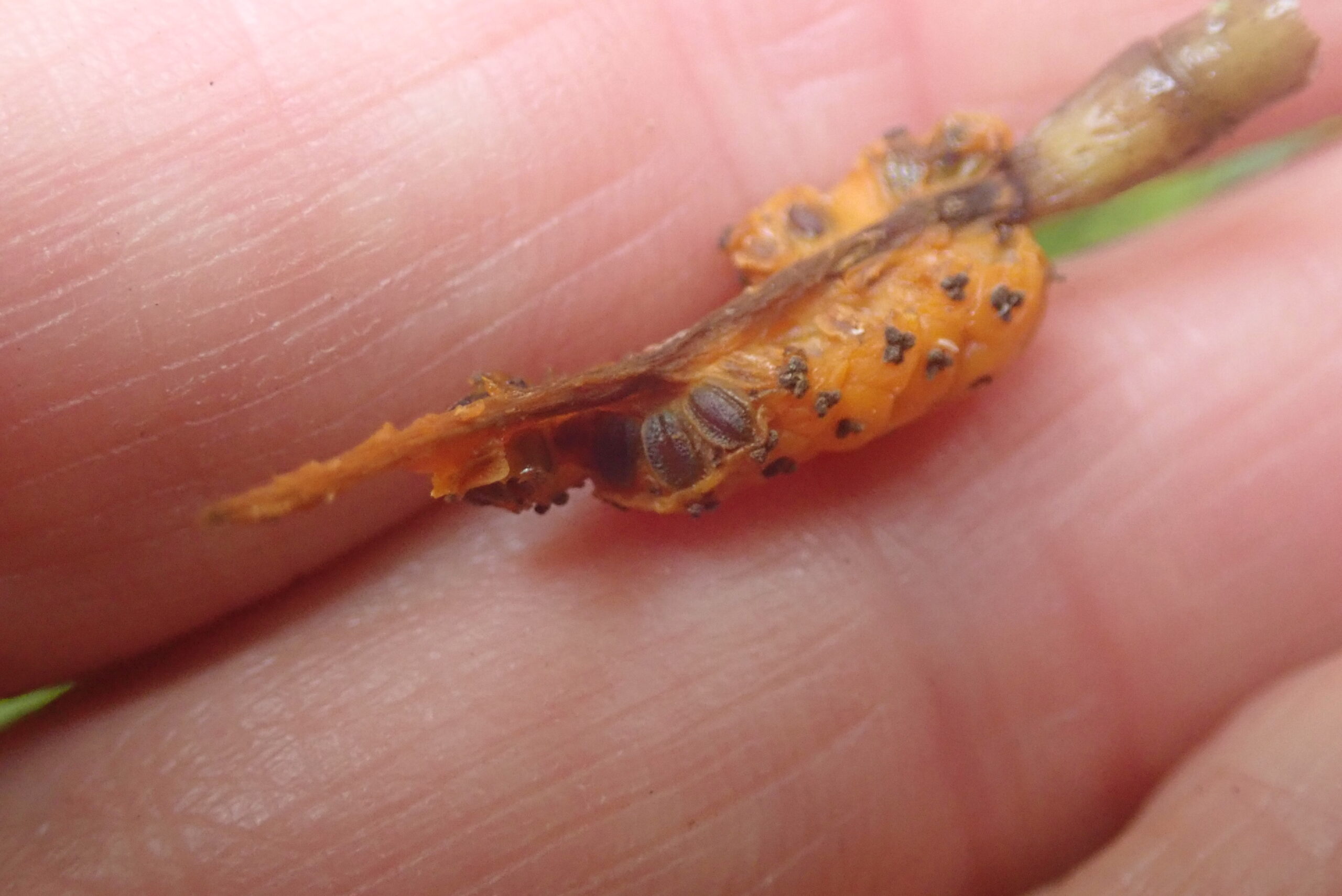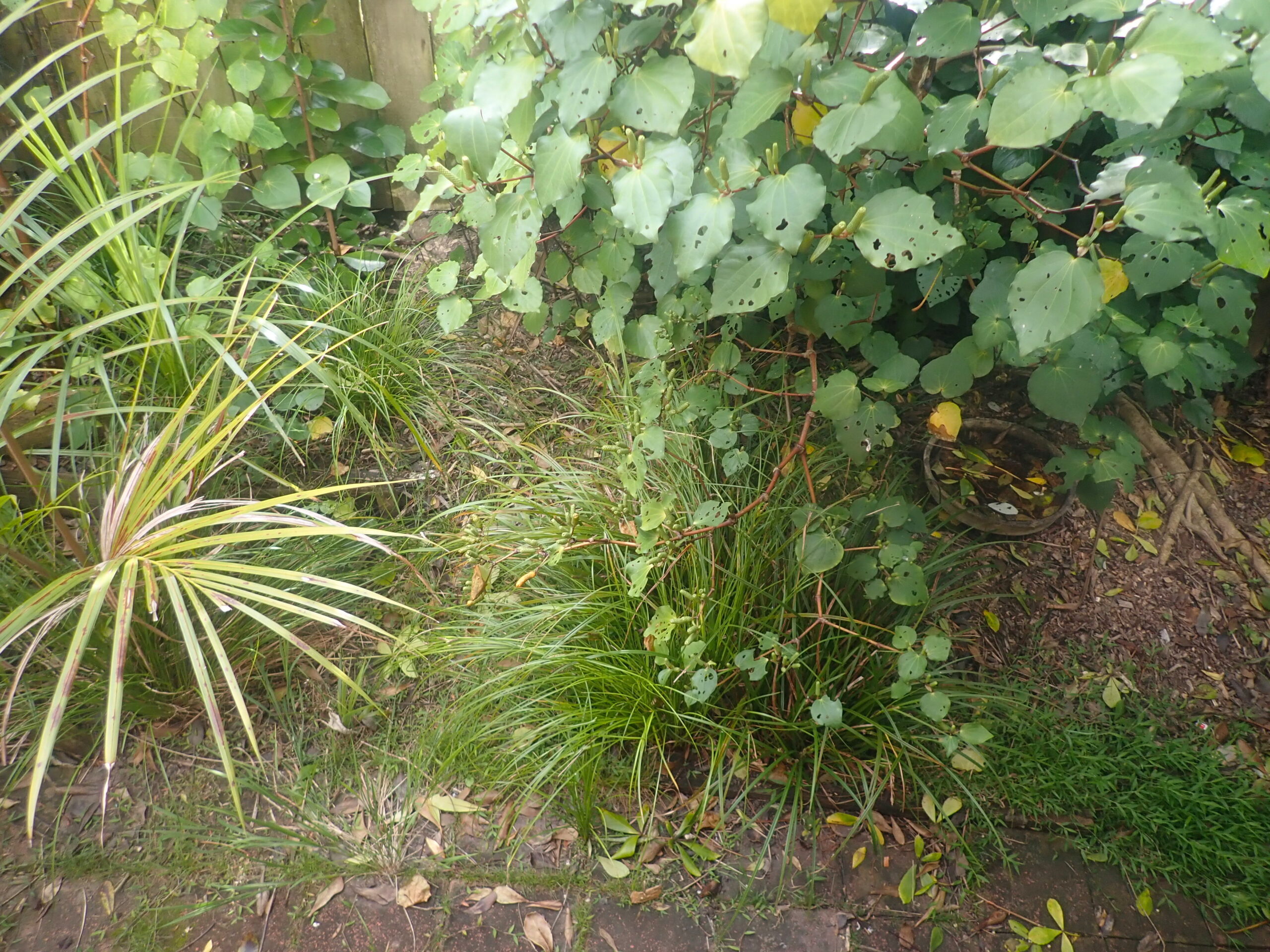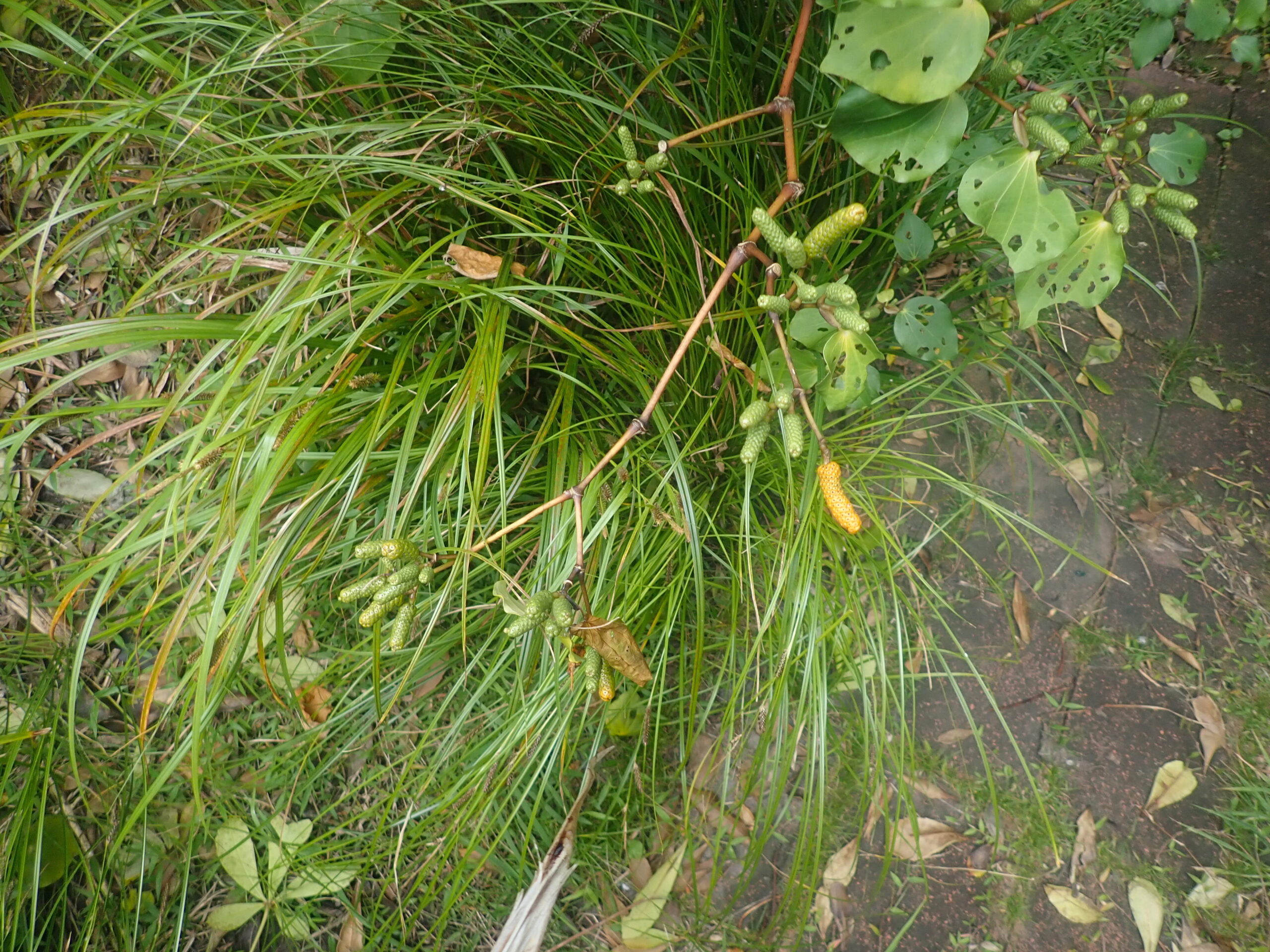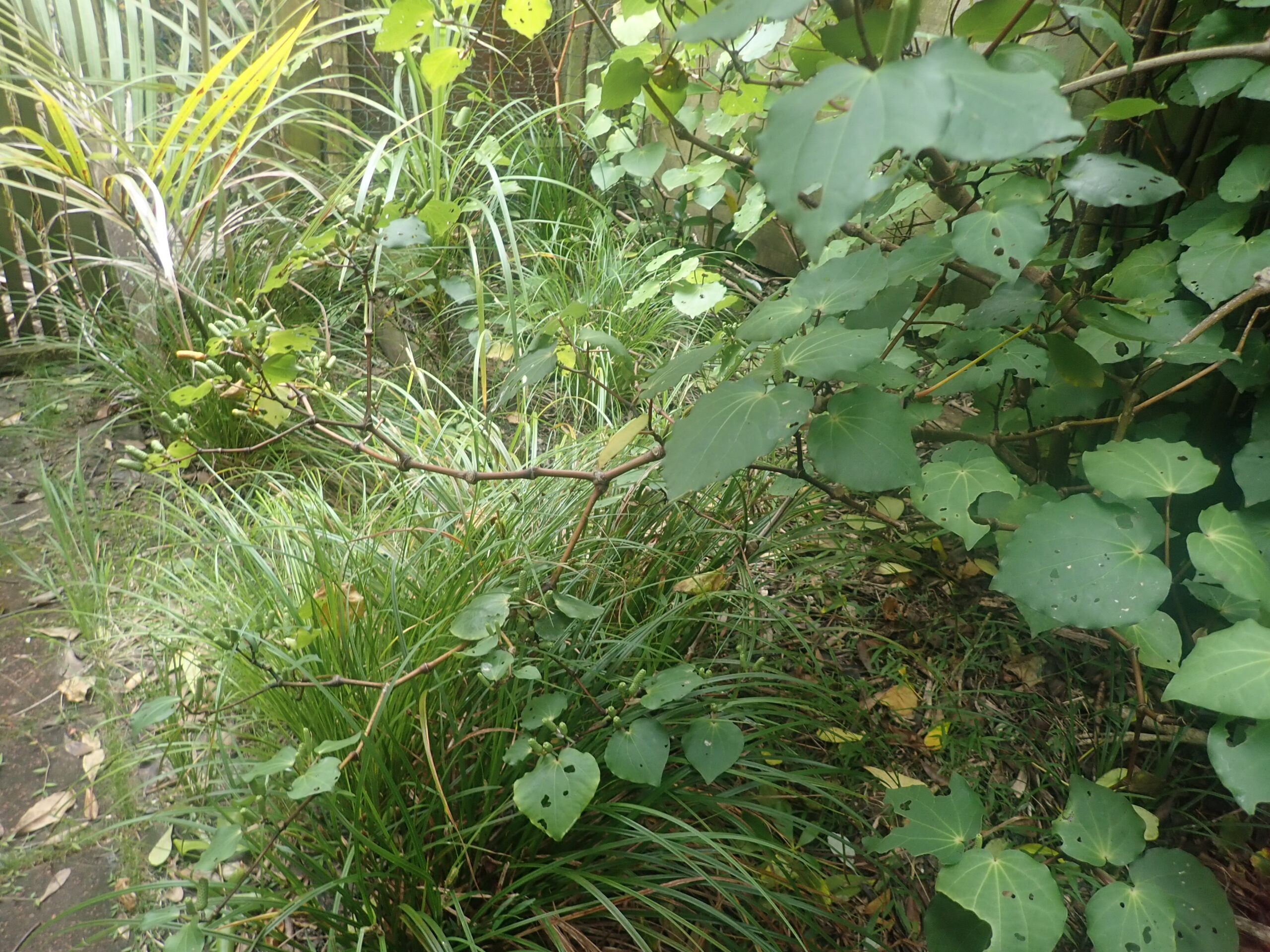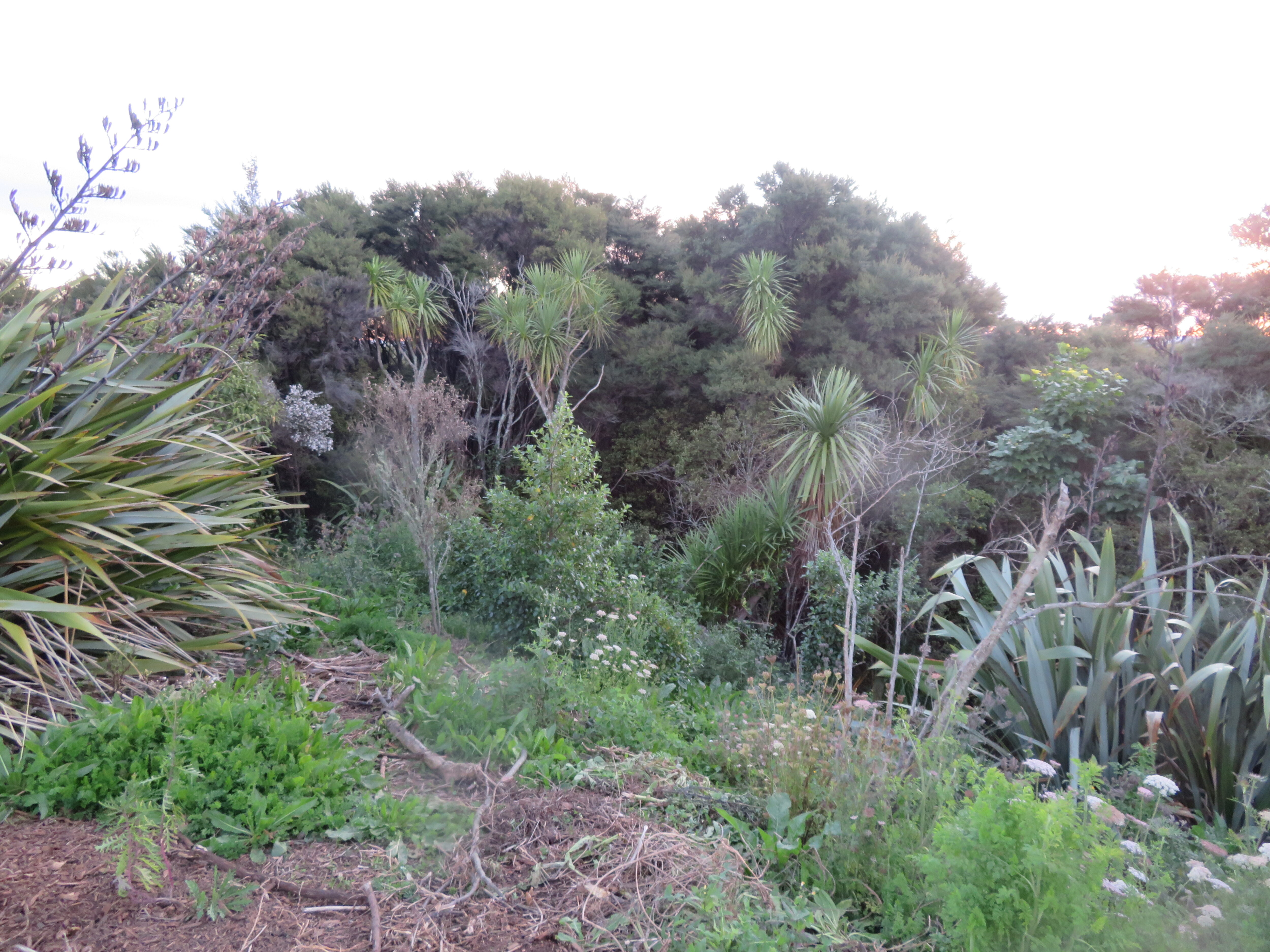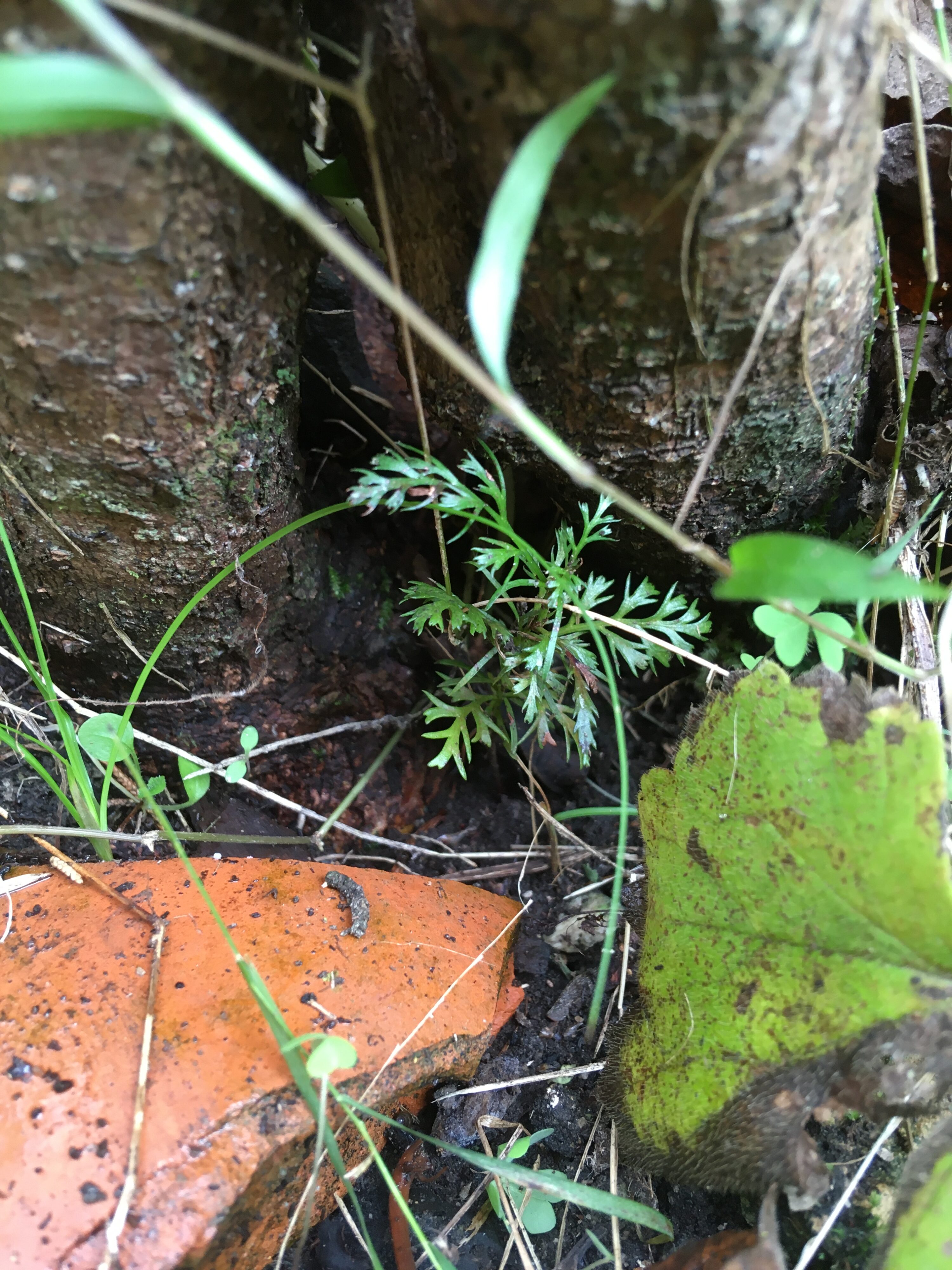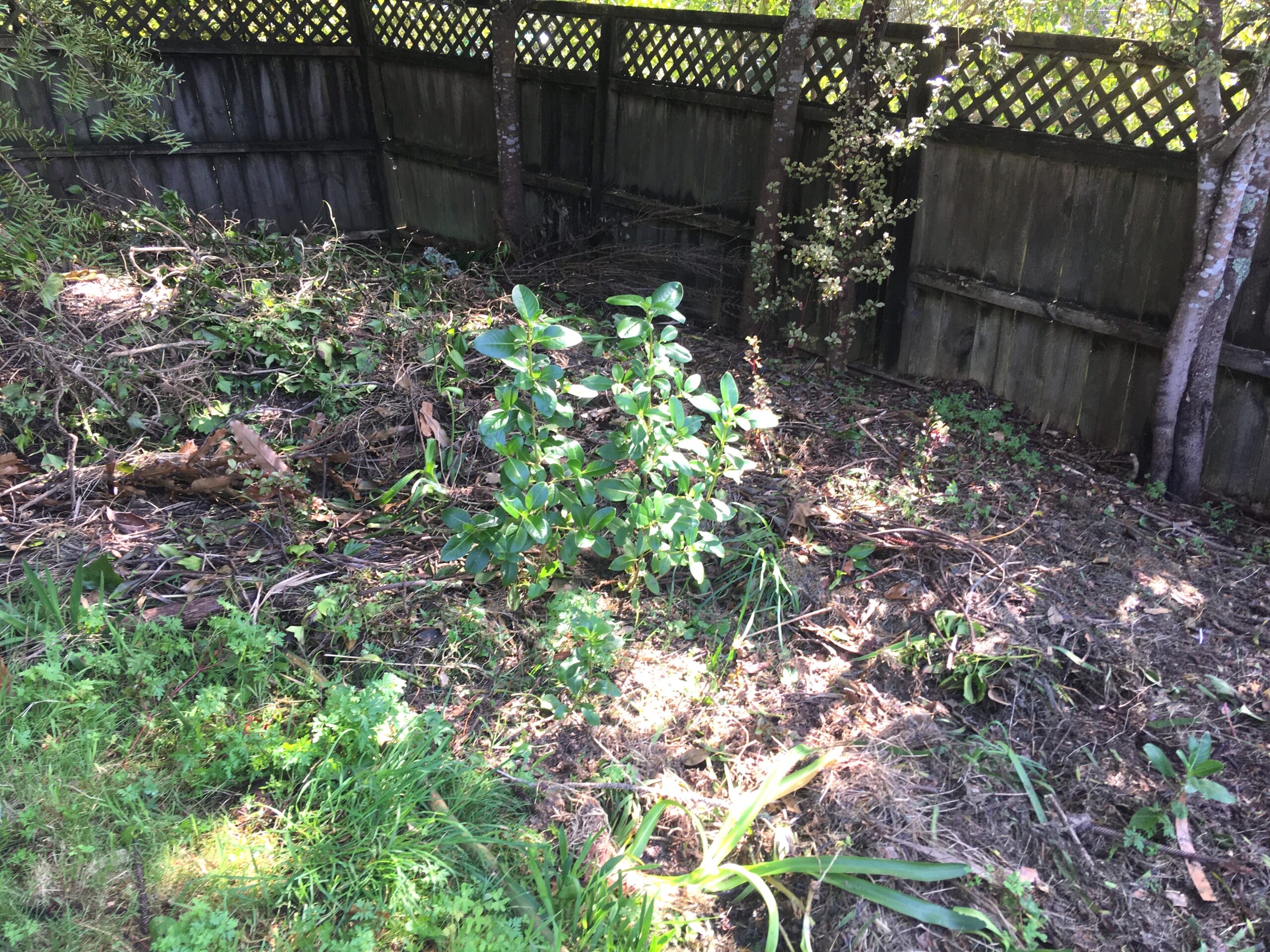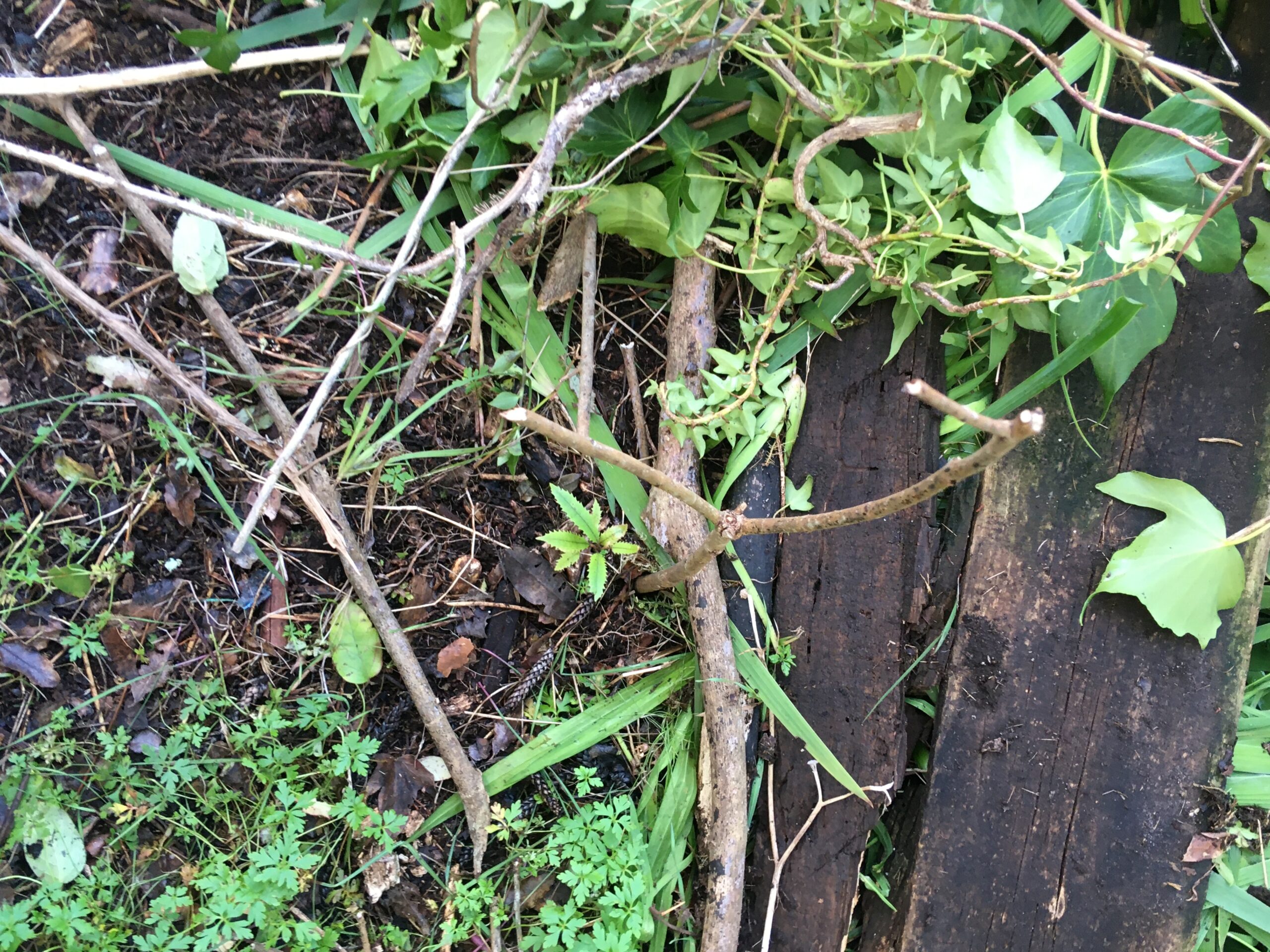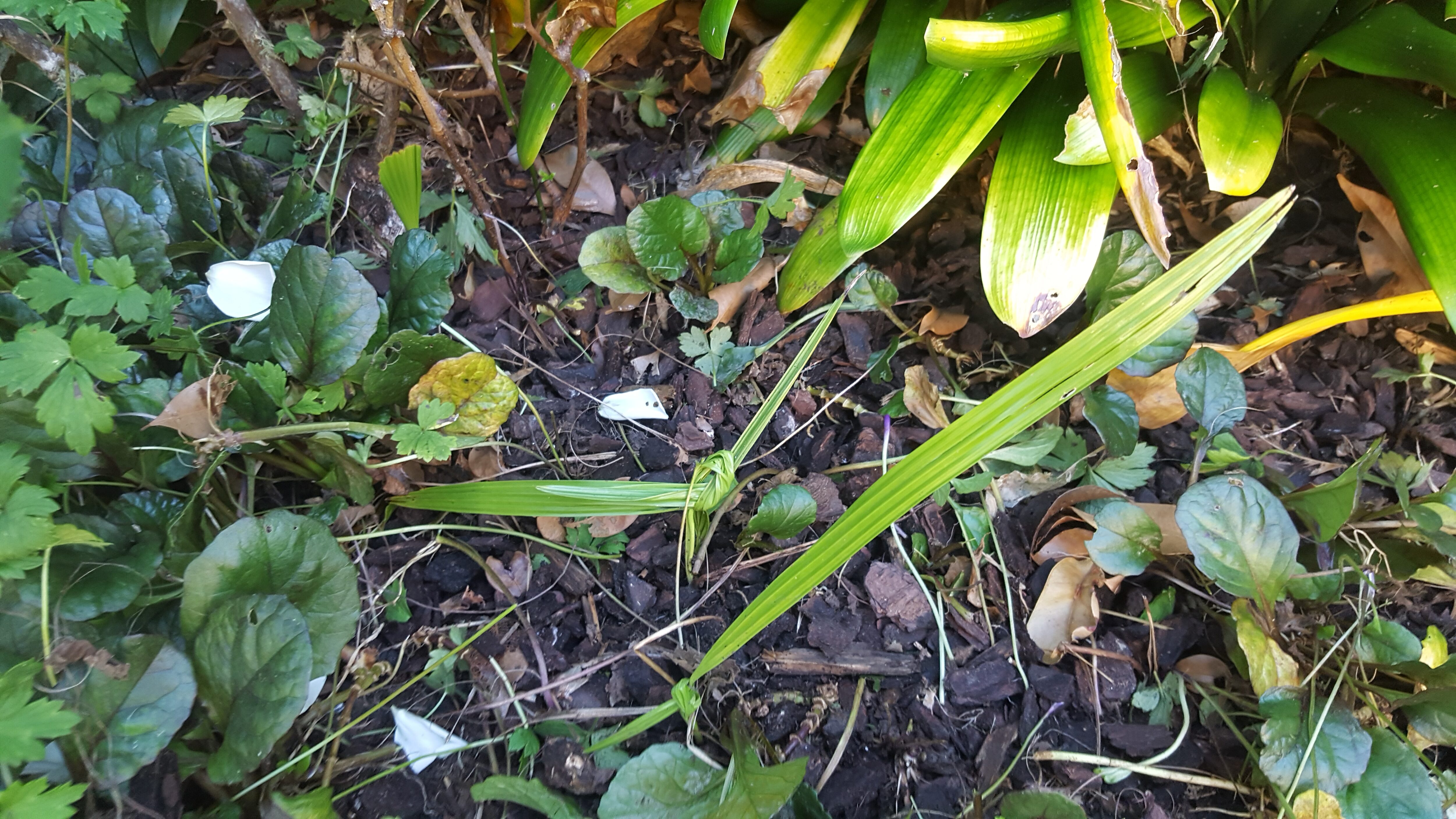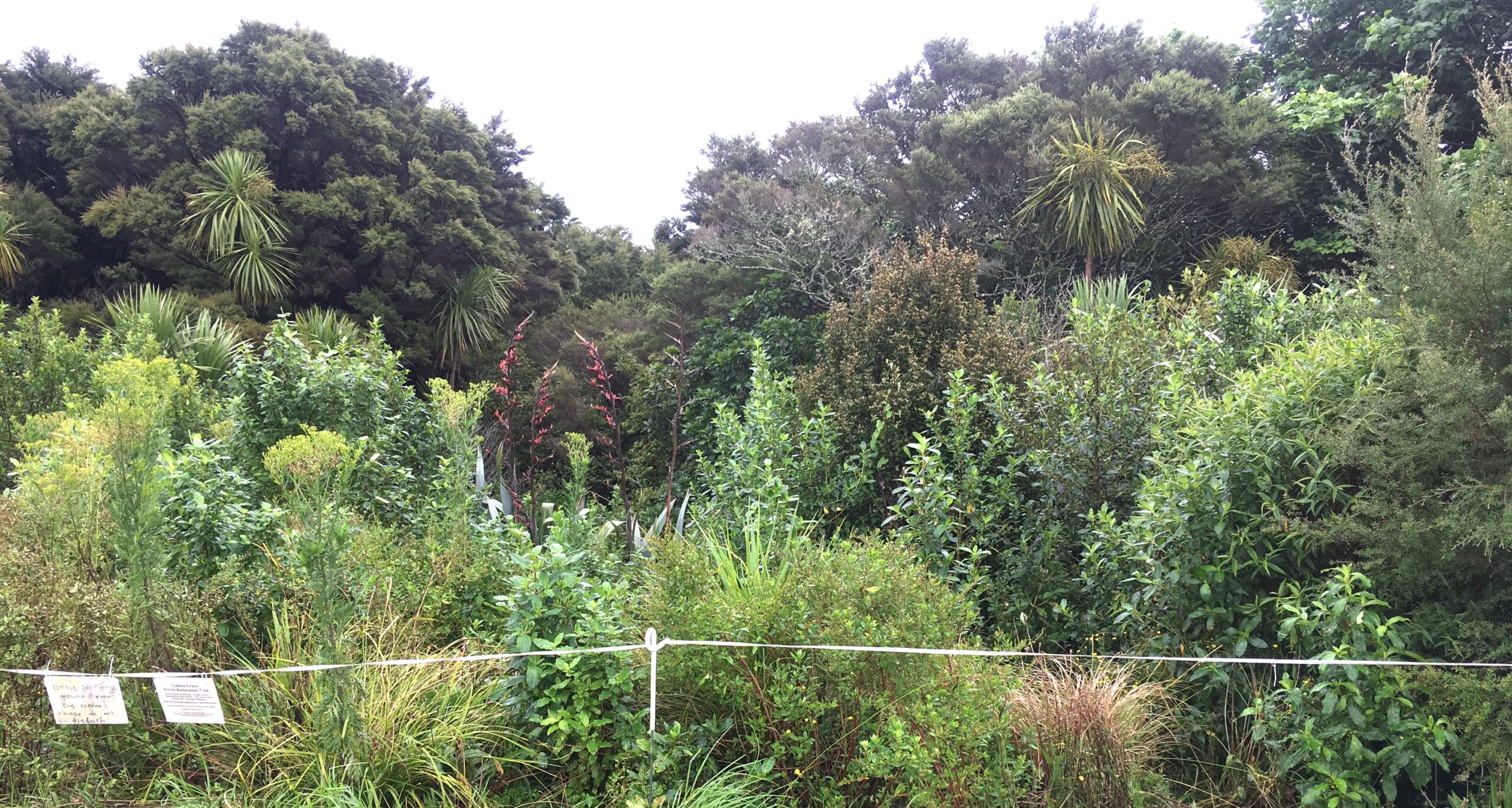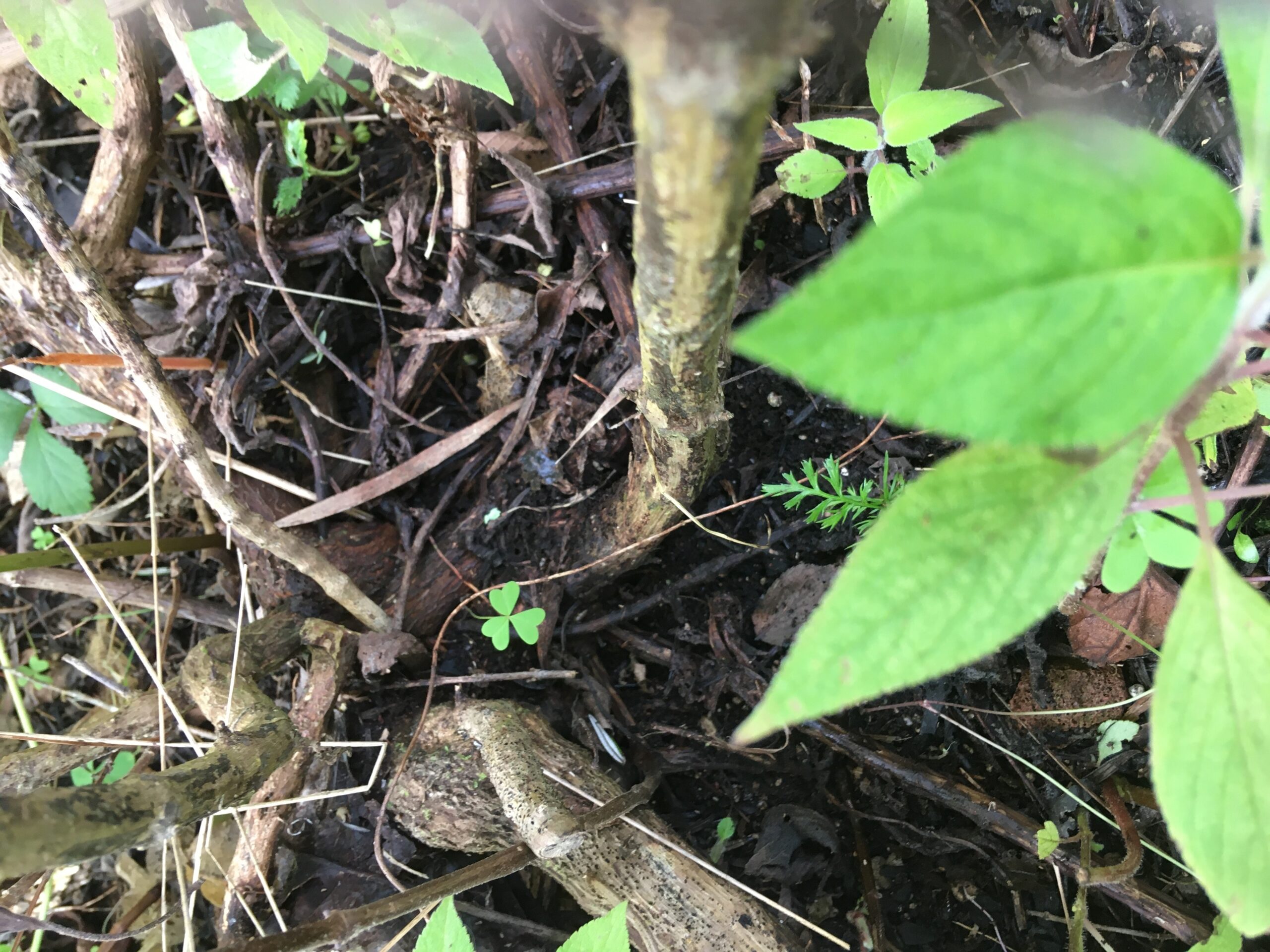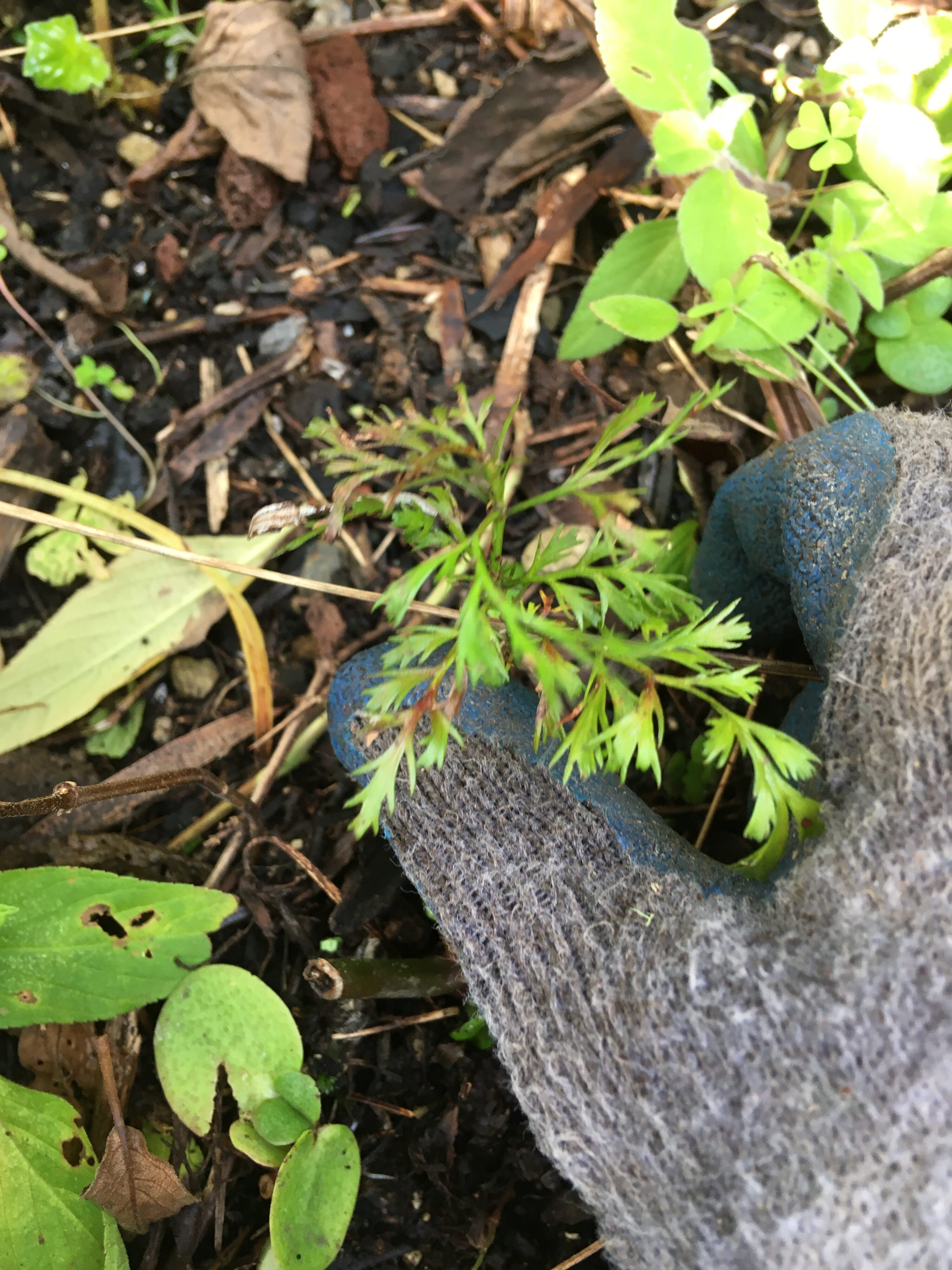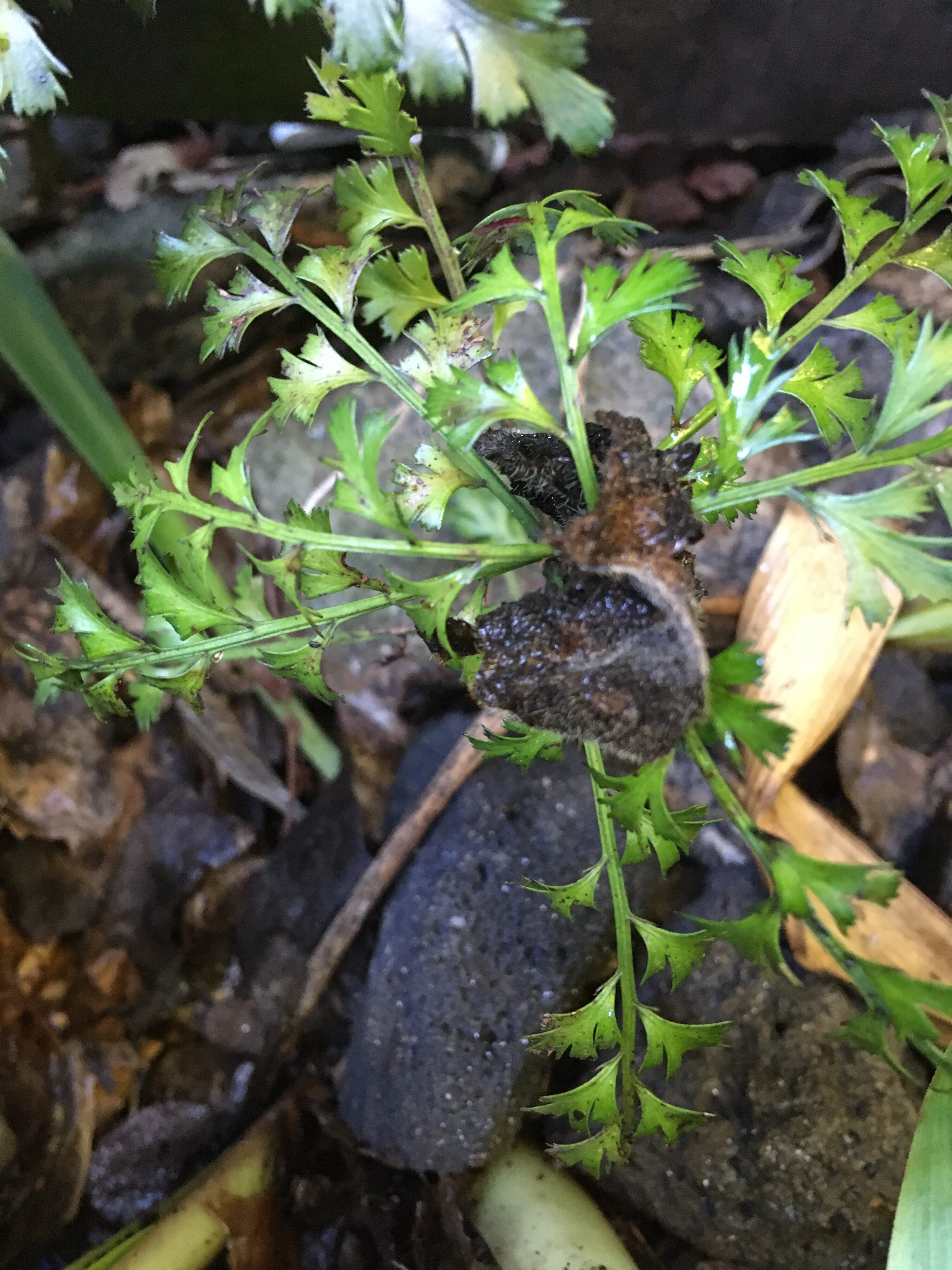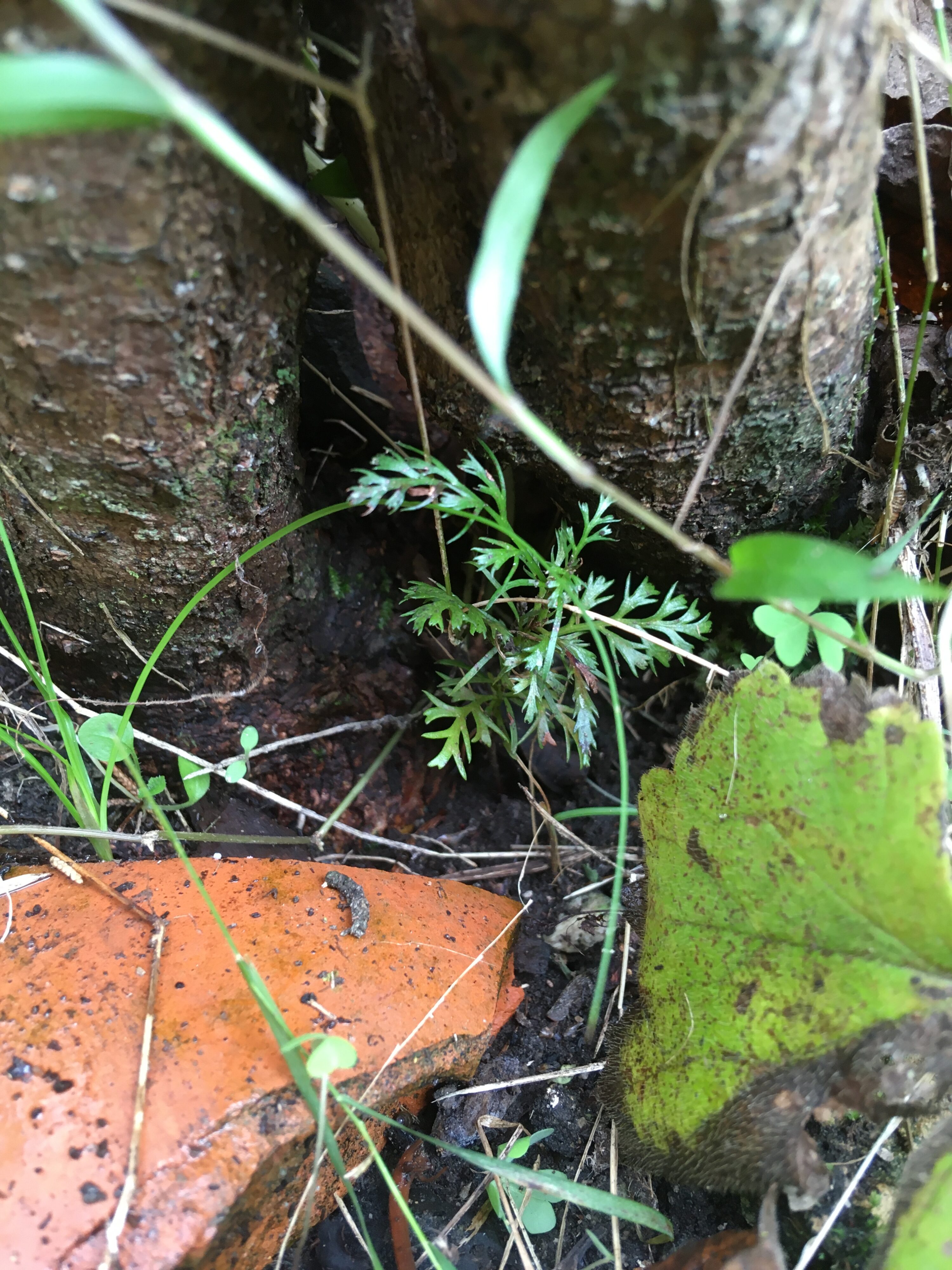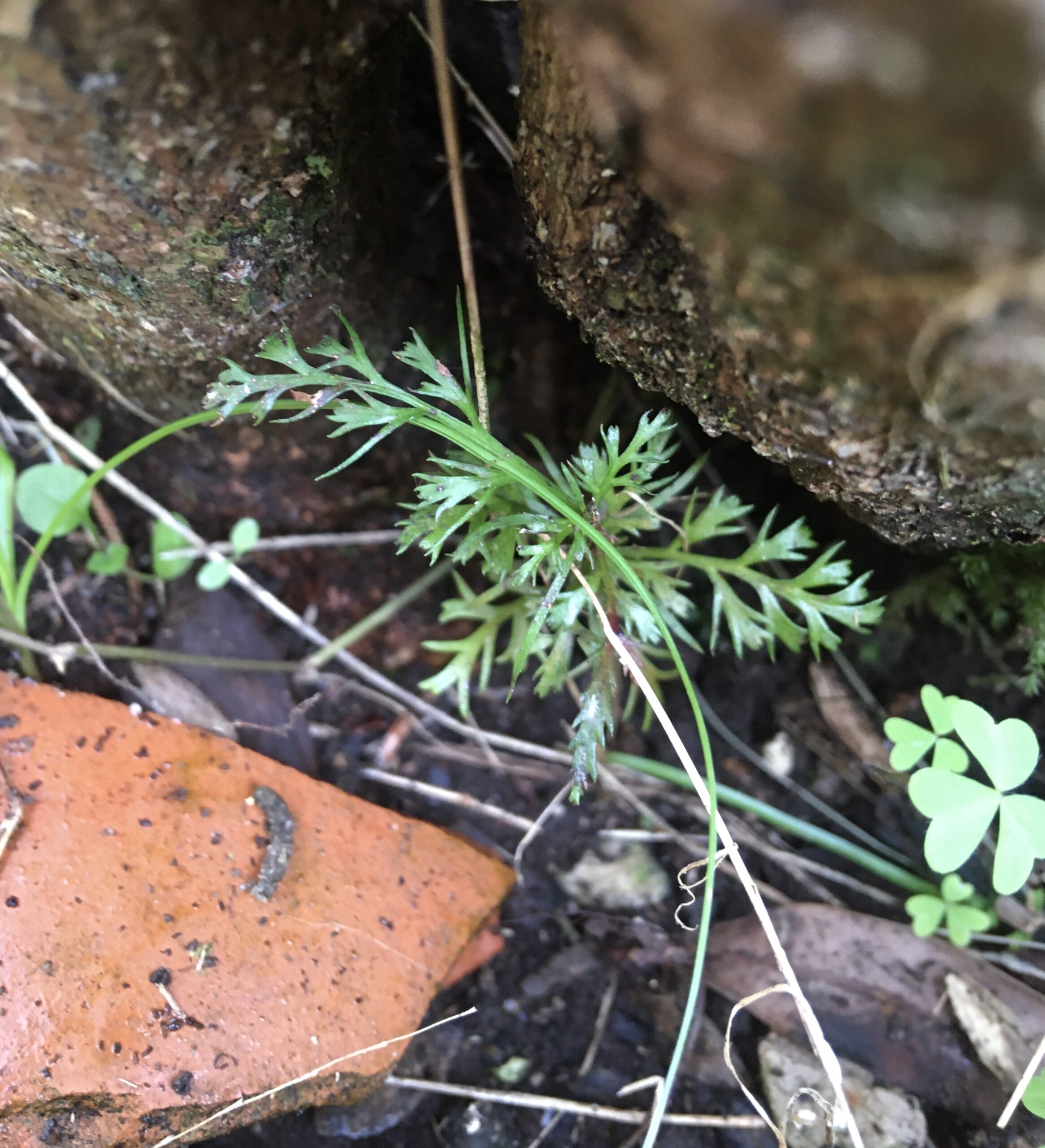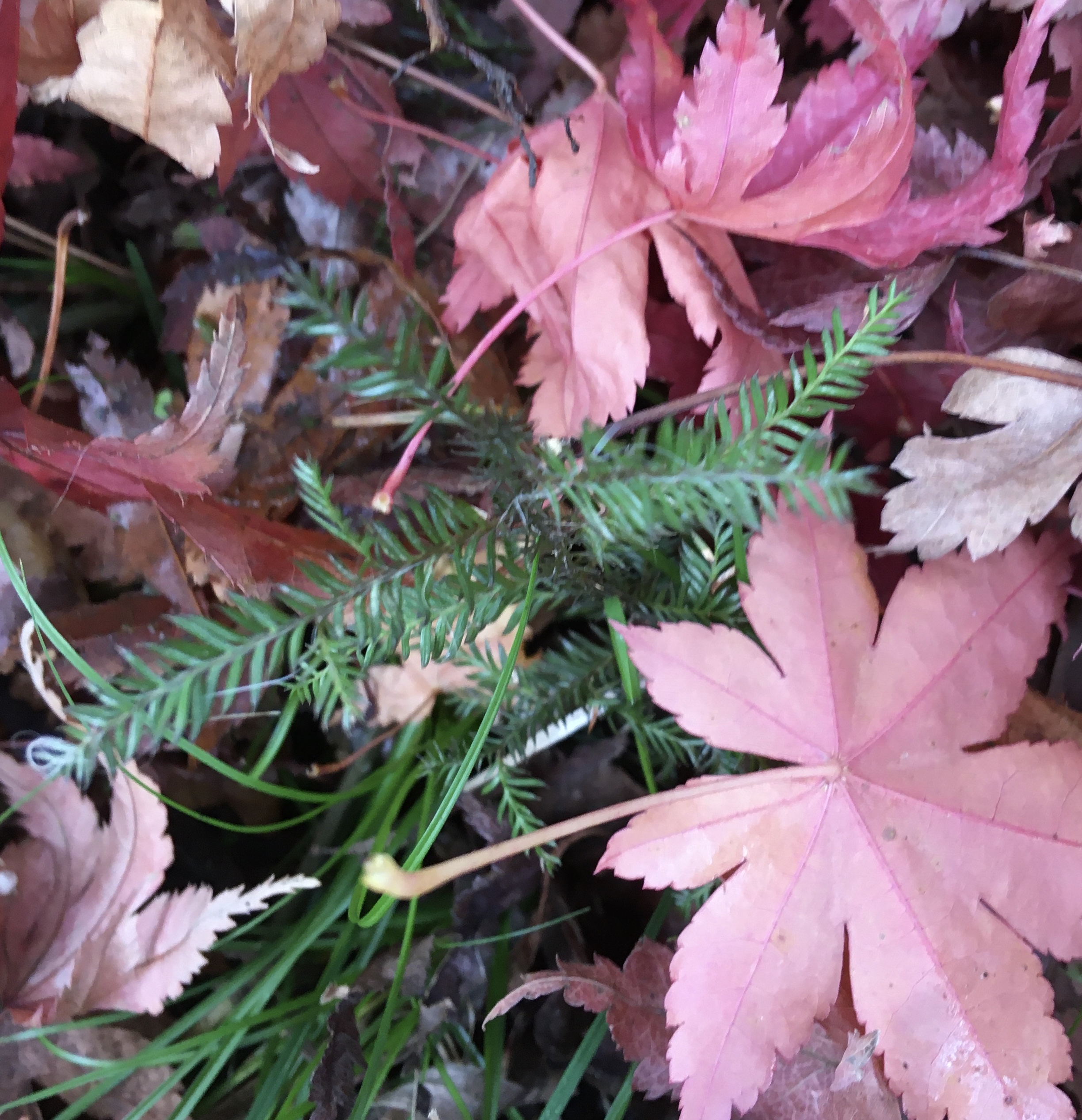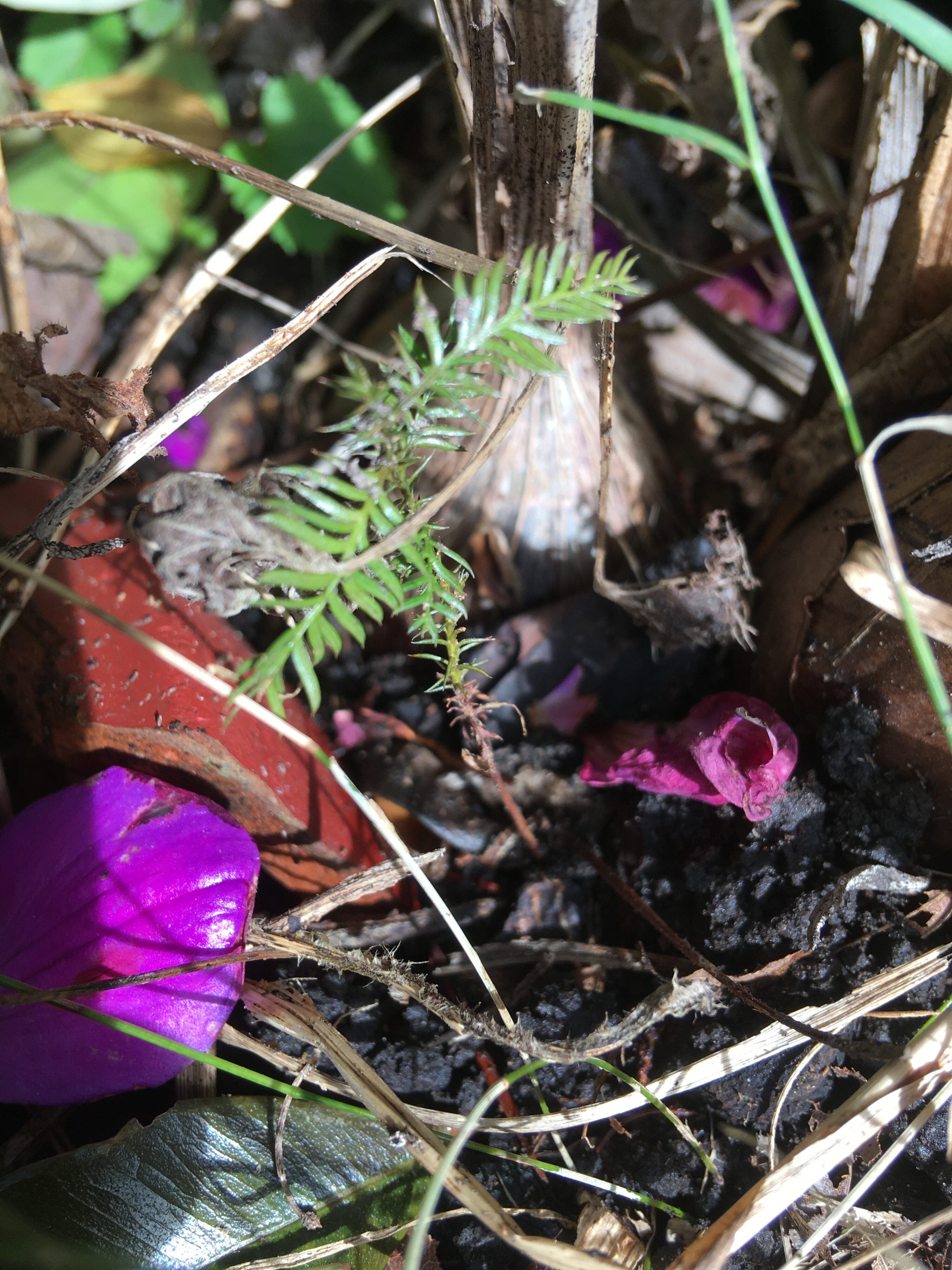At our winter plant stands on Glenfield Rd last year we enjoyed answering many questions about how we restore wild native plant communities (eg Gahnia Grove in Eskdale Reserve, where we hold the plant stands).
It takes more than a few minutes to answer such questions fully enough for people to be able to manage their own weed control using this method of plant identification and hand weeding.
To help meet the demand for more teaching and demonstration of the techniques and strategies we use, we have asked a friend to collect your questions and areas of interest, so we can answer your questions through demonstration and illustration in a co-ordinated way.
We will both be at the Plant Stand (opposite the petrol station on Glenfield Rd) from 11.00 am to 12.30pm this Sunday.
Meanwhile, our usual small range of locally ecosourced native plants will be on sale until about 3pm, weather permitting.
More about chemical-free weed control and habitat restoration at northshorewilds.co.nz
